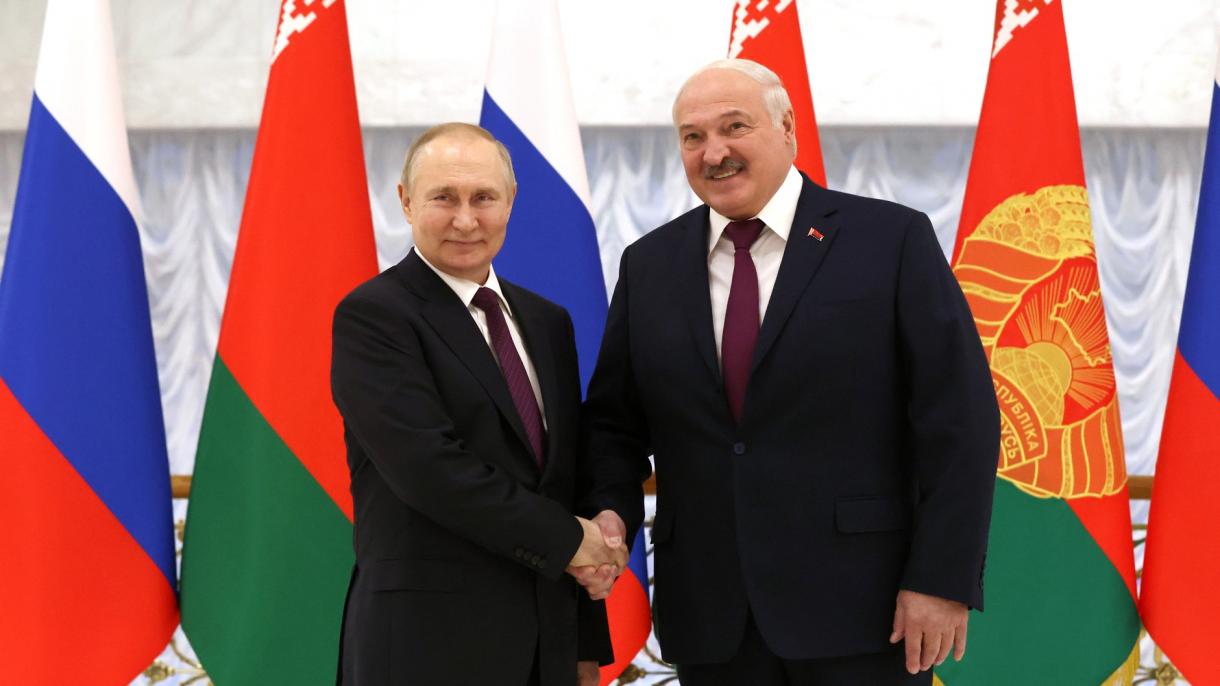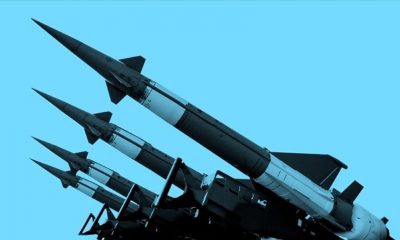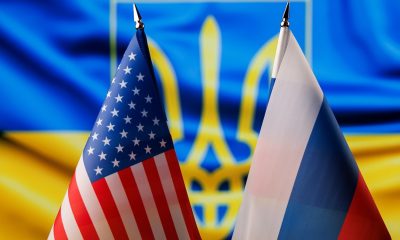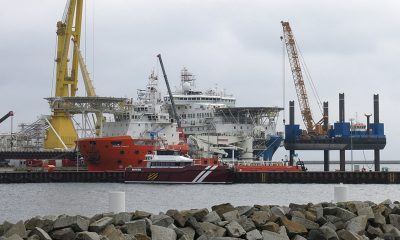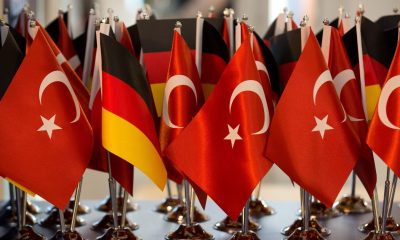The effects of the Russia-Ukraine war are changing the whole world permanently. With the energy crisis, the central banks’ radical interest rate decisions, mass protests, and the accelerated arms race, we say goodbye to 2022.
In December, Japan abandoned its post-World War II “pacifist” policy and released a strategy paper that envisaged a record-breaking military budget, already suggesting the military tensions of the coming years. There are numerous references to the Russia-Ukraine war in Japan’s new strategy document.
The war in Ukraine, which has become the front line in the great power competition, is in the front line of the “East” – “West” competition. So, what will be the course of events? Is Russia preparing a new attack on Kyiv through Belarus with fresh troops? Russian leader Vladimir Putin’s visit to Belarus with a heavy delegation of Foreign and Defense Ministers and economic staff, has fueled doubts.
“I don’t think Belarus will be involved,” says retired Lieutenant General, former Head of Turkey’s General Staff Intelligence İsmail Hakkı Pekin, who assessed the concern frequently voiced in the Western media.
“The war will prolong” consensus
One thing is certain about the war that has lasted 10 months in Ukraine: the conflict will be prolonged. “Of course, this is a long-term process,” Russian leader Vladimir Putin said at the beginning of December. “Russia is planning a long war,” NATO Secretary General Jens Stoltenberg said on 16 December.
UN Secretary-General Antoino Guterres said, ”We have no illusions that true peace negotiations will be possible in the immediate future.”
Retired Lieutenant General İsmail Hakkı Pekin, on the other hand, makes the following assessment: “The West wants to carry this conflict into the Caucasus and inner regions of Russia in the future”:
“There are Chechens on both sides fighting on both Russia’s and Ukraine’s side. Circassians aren’t active yet. The West wants to use Chechens, Circassians and Tatars to establish a battalion against Russia and hit it from behind. They’re thinking of taking action in the rear areas of Russia. They are preparing the region for action, including Georgia. The Azerbaijan-Armenia conflict may also be rekindled. Turkey needs to be very careful.”
What’s the meaning of Putin’s visit to Belarus?
According to official statements by the parties, the economic agenda was widely discussed in the visit. However, in the last month of 2022, we witnessed a series of developments that led to comments that the war would shift to the north of Ukraine through Belarus. By the middle of December, Russian leader Putin would gather the field commanders and the staff team conducting the operation in Ukraine and say, “I want to hear your short- and medium-term suggestions about the operation”.
Defence Minister Sergei Shoigu also inspected troops involved in the frontline operation in Ukraine on site in December. Shoigu also travelled to Belarus on December 3 and signed a classified protocol on regional security, the contents of which were not made public. The Ministry of Defence of Belarus announced the start of a combat readiness inspection on December 13 and the completion of the inspection on December 19. On the same day, Belarusian President Alexander Lukashenko welcomed Putin with bread and flowers at Minsk airport. Shoigu was in Belarus for the second time in a month.
Ukraine’s concern about Belarus
On February 24, what allowed Russian soldiers to quickly enter the gates of Kyiv was that Belarus opened its territory to Russian soldiers. About 50 miles from Kyiv, troops flowed into Ukraine from the Belarusian border, but when the desired success was not achieved in a short time, Russia withdrew from the vast plains to the east of Kyiv and Ukraine and concentrated on the Donbass region. Russia’s rapid entry and the following withdraw formed this phase of the war.
In October, Putin put General Sergey Surovikin, who became famous for his Syrian experience, in charge of the Ukrainian operation. Following the attack on the Kerch Bridge, Russia began to carry out heavy attacks on Ukraine’s civilian infrastructure, especially electricity, water, and natural gas. By November, General Sergey Surovikin had decided to withdraw the Russian army from the western Kherson region. Russian soldiers were regrouped. The infrastructure of the capital Kyiv was paralyzed by the missile attacks, and at this stage, the scenarios about Belarus began to be voiced. By the 10th month of the operation, Russia had provided a road connection from Donbass to Crimea and turned Azov into an internal Russian sea. In fact, Putin, the leader of Russia, said, “Even Peter I had fought for access to the Azov Sea.” But the question was whether Putin was still targeting Kyiv.
In his interview with the Economist last week, the head of Ukraine’s armed forces, General Valerii Zaluzhnyi said Russia is preparing to attack with some 200,000 fresh troops. According to Zaluzhnyi, one of the possible attack points of the Russian army is Belarusian territory. Kremlin spokesman Dmitry Peskov rejected comments that Belarus would join the “special military operation”, saying it was “stupid” and “groundless”.
So, what does all this say about the future of the war?
According to former Head of Turkey’s General Staff Intelligence Ismail Hakkı Pekin, Moscow is trying to distract its enemy and his forces through Belarus. Commenting recently that the military mobilization in Belarus “requires the Western forces to take measures against Belarus”, Pekin states that in this way the pressure of Ukraine on the Russian forces on the southern front can be reduced. As a matter of fact, Ukrainian Deputy Interior Minister Yevhen Yenin told the BBC that they would strengthen the Ukrainian defence line on the Belarusian border in case of a new attack.
“There may be a partial truce. It is considered that the war will last for a long time. I do not expect a critical operation until spring,” he said, adding that the parties would remain passive when winter comes. According to Pekin, “Russia is trying to capture some territories during the winter. After taking them, he plans to fortify the defense line and stay there. ”
Pekin does not foresee Belarus’ involvement in the war at this stage, portrayed the current situation by saying, “They expect Russia to accept defeat. Russia will suffer. The West will suffer even more than Russia.”

 DIPLOMACY2 weeks ago
DIPLOMACY2 weeks ago
 DIPLOMACY2 weeks ago
DIPLOMACY2 weeks ago
 ASIA2 weeks ago
ASIA2 weeks ago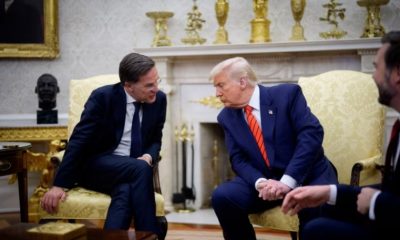
 EUROPE6 days ago
EUROPE6 days ago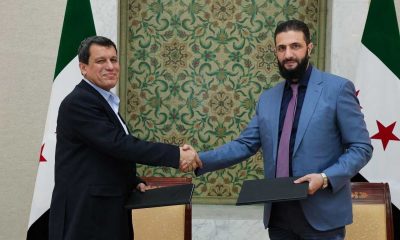
 MIDDLE EAST2 weeks ago
MIDDLE EAST2 weeks ago
 AMERICA2 weeks ago
AMERICA2 weeks ago
 EUROPE2 weeks ago
EUROPE2 weeks ago
 ASIA1 week ago
ASIA1 week ago
